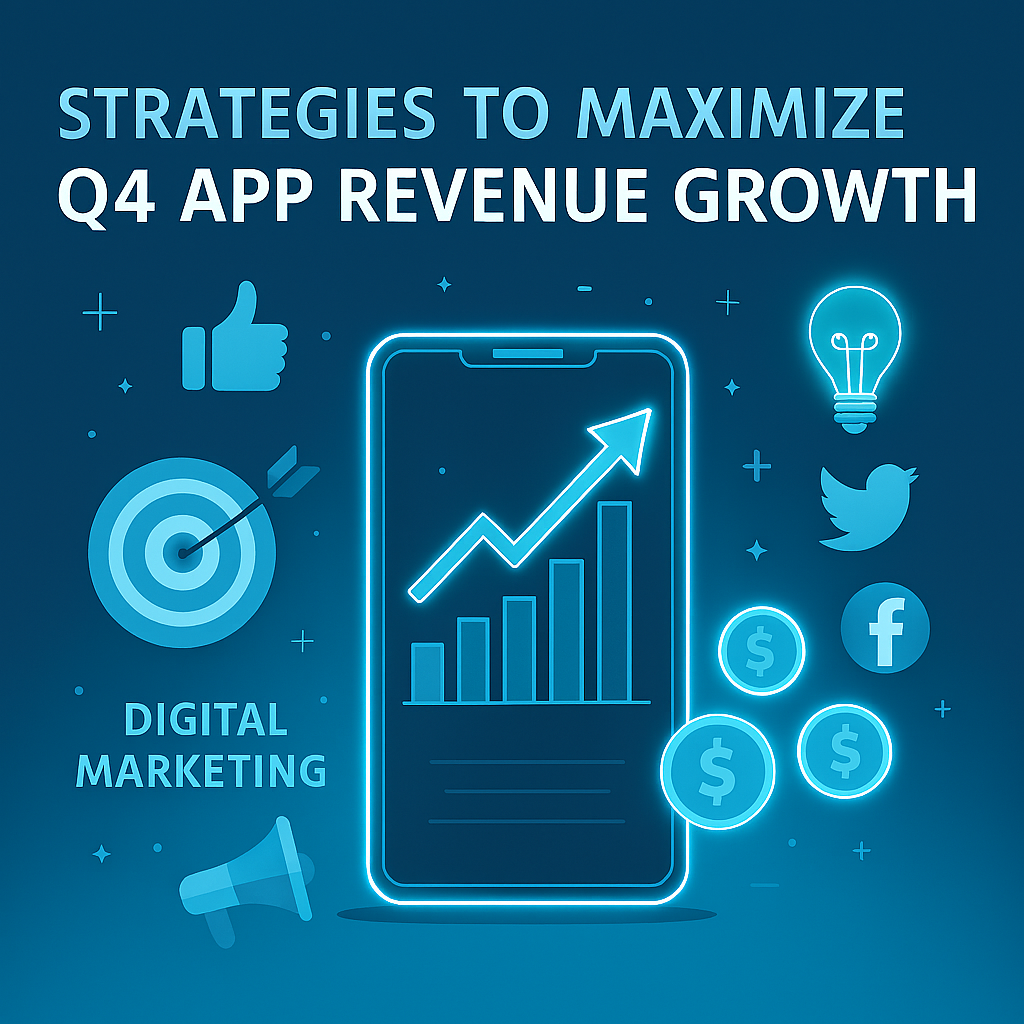Intro
In today’s competitive app market, promoting your app effectively is crucial for success. With over 5 million apps vying for users’ attention between the App Store and Google Play, your app could either soar to the top or fade away very easily.
And if it’s not enough to keep you warned, know that the number of global app downloads reached a peak of 257 billion in 2023, and that it’s steadily increasing year by year.
A brilliant idea is simply not enough: you need a strategic approach to drive visibility and user acquisition.
This article will help you understand how to promote your app and reach your target audience at the perfect time.
Let’s delve deeper into the science of mobile app marketing!
What does it mean to promote your app? Definition of Mobile App Promotion
Mobile app promotion encompasses all marketing efforts, both organic and paid, aimed at attracting users to your app and standing out in the highly competitive mobile app market.
Note that they’re not mutually exclusive and some of them can be combined to maximize results and efficiency, but they’re not interchangeable because they serve different purposes and audiences.

The stages of App Promotion
This mobile app marketing funnel structure is focused on driving awareness, converting to acquisition, and ensuring retention for sustained user engagement and app growth.
Stage 1: Awareness
Before even launching the app, it is crucial to create a solid brand identity and clear positioning to connect with potential users. Make users aware of your app and catch their interest.
This phase includes:
● Defining the launch date.
● Identification of a specific problem in the market to which the app offers a solution. This helps differentiate the app from the competition.
● Make the correct use of social media to create connections with users.
● Conducting a competitive analysis to understand the market landscape: identify factors that could affect your industry, such as changes in consumer behaviour and emerging technologies.
Stage 2: Acquisition
Get users to download your app.
How to promote your app for free: Organic Growth
Organic user acquisition refers to app installs that are not driven by paid advertising campaigns. An install is considered organic when a user downloads the app on their own initiative, without being influenced by direct marketing efforts.
These installs can result from factors such as word of mouth, positive reviews, or simply a search in the app store.
- The importance of App Store Optimization (ASO)
One of the most effective methods for driving organic installs: similar to SEO for websites, ASO aims to improve an app’s visibility in app store search results.
Improving your use of the right keywords and using them in app descriptions, ratings, reviews, the use of the right images all play a role in determining an app's ranking.
By optimizing these factors, developers can increase their app’s chances of appearing higher in search results, potentially leading to a larger number of downloads and significant growth in their user base.
How to promote your app with Paid User Acquisition
Non-organic activities help you reach a wider audience and find new customers also by having higher targeting ability.
- The Importance of Paid User Acquisition:
Paid user acquisition channels are crucial for scaling your app’s reach and targeting the right users efficiently.
It can include:
- Influencer Marketing: Leveraging influencers on platforms like Instagram, TikTok, and YouTube can help you tap into niche communities with high engagement, building trust and awareness around your app.
- Programmatic Advertising: Platforms like DSPs, Google Ads, Facebook, and TikTok provide programmatic buying options that can target specific audiences at scale, optimizing your ad spend for better ROI.
- Ad Networks: Networks that allow you to place ads across a variety of mobile apps and websites, offering broad reach and advanced targeting features.
Stage 3: Retention
Maintaining users, keeping them engaged, ensuring long term use and possibly making them generate in-app revenues.
Some effective methods to keep them hooked:
- Communication: build interactive relationships with users through relevant in-app messages.
- Push notifications: alert users of special offers to increase user engagement.
- User experience: ensuring a smooth user experience in terms of functionality, design and features.
- A/B testing: adjust app functionality according to user preferences to increase user engagement and overall revenue.
- Artificial intelligence and chatbots: provide immediate answers to user questions and collect feedback.
- Customisation: simplify the use of the app for users and encourage them to use it.
- Don’t overwhelm them: avoid excessive requests for personal information
Conclusion
In today’s competitive app market, success hinges on a well-rounded promotion strategy.
- Awareness, acquisition, and retention must work together to drive growth.
- By optimizing for organic installs through ASO, leveraging paid user acquisition with DSPs, and focusing on user retention with personalized engagement, you can maximize your app’s potential.
The key is to continuously adapt and refine your approach, ensuring your app stands out, attracts the right users, and keeps them coming back
Ready to start growing your app profitably? Reach out to our sales team and schedule a call to understand if there is a mutual fit!




















